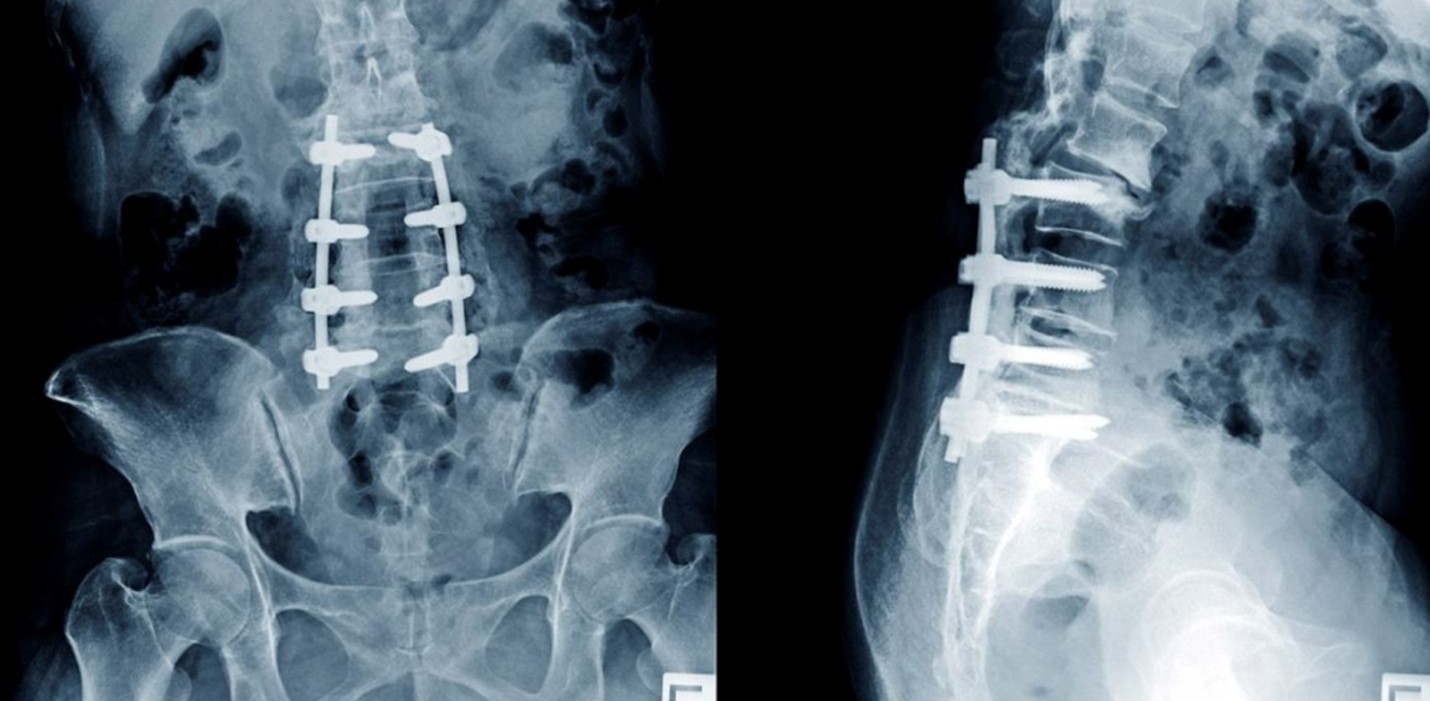In my previous article, I explored the long-term favorable results of Stem Cell injection on osteoarthritis of the knee, The Longevity of Stem Cell Injection Therapy: A 2022 Study. This month we’ll examine recent studies revealing the extended benefit that adipose-derived stem cell injections have on the lumbar spine.
“My low back has been hurting for years but as I get older the pain seems to be getting worse”. We clinicians hear patient statements like this regularly. Imaging frequently reveals the cause of such lower back pain is facet arthropathy and lumbar degenerative disc disease. Physical therapy, chiropractic care and acupuncture have all been helpful but haven’t provided long term pain relief. What other treatments are available? Is surgery inevitable?
BACKGROUND
An examination of the statistics of low back pain caused by facet arthropathy and degeneration of the spine are sobering. “At least 70% of all people will suffer at least once in their lifetime from low back pain, as about 25 % of all people suffer from chronic lumbago”, according to Ralf Rothoerl et al.1 Low back pain is the” fifth most common cause for medical office visits” in the United States.2 Spinal column degeneration frequently occurs long before symptoms develop, often starting in our 20’s.
The leading causes of lumbar degenerative changes are age, obesity, trauma, overuse and poor body mechanics.3,4 As compared with males, females are affected more frequently, especially following menopause.5,6,7
More conventional treatments include surgery, corticosteroid injections, epidural injections, and pain relievers such as NSAIDS and narcotics. But none of these treatments repair or address the chronic inflammatory environment of the lumbar spine.
THE STUDY
A long-term, 5-year observational study published in March 2023 revealed very encouraging results on adipose-derived regenerative cell (ADRC) injections into the facet joint area of the lumbar spine. (1) Thirty-seven participants were included in the study with ages ranging from 31 -78 years old. All patients had facet joint degeneration of varying degrees. A pre procedural MRI, questionnaire and an exam were performed with follow-up questionnaires performed one week following the procedure, at one year and at five years post procedure.
THE RESULTS
Using the visual analog pain scale (VAS) and a specific low back disability scoring system known as Oswestry Disability Index (ODI), the study’s results revealed a remarkable 78% improvement in the VAS score and a 74% improvement in the ODI score five years following the procedure. No other treatment has been demonstrated to provide anywhere near the long-term 78% improvement in the VAS score and 74% improvement in the ODI that ADSC injection provided. This encouraging data mirrors the results we see in our office with pain and disability of the lumbar, sacroiliac and cervical spine.
No other treatment has been demonstrated to provide anywhere near the long-term 78% improvement in the VAS score and 74% improvement in the ODI that ADSC injection provided.
Before the procedure, the VAS score was an average of 6.8 (0-10 scale) and the ODI scale was 71.05% (range of 43-91). The ODI rating scale is as follows: A score of 0-20 reflects minimal disability, 21-40 moderate disability, 41-60 severe disability, 61-80 crippled, and 81-100 bed-bound. The VAS after one year was 1.5 and the ODI was 17.5%, at 5 years, the VAS was 1.5 and the ODI was 18.7%. Again, this data reflects the outcomes we see in our office.
The results of this and other studies examining the efficacy of facet arthropathy and lumbar degeneration treated with adipose-derived stem cells are highly encouraging. While not without structural flaws, this study highlights the mechanism by which stem cell injections work.
The ADSC’s neutralize the inflammatory environment through the recruitment of cytokines, function as immunomodulators to clear up damaged tissue and then continue to proliferate the cell lines that produce bone and cartilage
ADSC’s have the capacity to change the environment of a synovial joint, in this case the facet joint. Such diseased joints develop a perpetual inflammatory environment. The ADSC’s neutralize the inflammatory environment through the recruitment of cytokines, function as immunomodulators to clear up damaged tissue and then continue to proliferate the cell lines that produce bone and cartilage.1,2,8 This is the mechanism by which pain is reduced and joint health regenerated.
What about surgery? At Oregon Regenerative Medicine, for over 15 years we have seen this procedure succeed in our patients suffering from chronic pain and inflammation of the spine and other joints both instead of, and after failed surgery. The consensus is that “Surgery was found to be associated with a significant risk of complications. Therefore, the cumulative evidence at the present time does not support routine surgical fusion for the treatment of chronic low back pain”.9
Dr. Stacey Guggino graduated from the National College of Natural Medicine in Portland, Oregon with a Doctorate in Naturopathy and a Master’s degree in Oriental Medicine. For the past 12 years, she has specialized in treating pain and sports injuries with acupuncture and prolotherapy. Stacey has also studied and practiced aesthetic medicine for 11 years.
Sources
- Rothoerl R, Tomelden J, Alt EU. Safety and Efficacy of Autologous Stem Cell Treatment for Facetogenic Chronic Back Pain. J Pers Med. 2023;13(3):436. Published 2023 Feb 28. doi:10.3390/jpm13030436
- Kos N, Gradisnik L, Velnar T. A Brief Review of the Degenerative Intervertebral Disc Disease. Med Arch. 2019;73(6):421-424. doi:10.5455/medarh.2019.73.421-424
- Curtis L, Shah N, Padalia D. Facet Joint Disease. In: StatPearls. Treasure Island (FL): StatPearls Publishing; January 9, 2023.
- Mann SJ, Viswanath O, Singh P. Lumbar Facet Arthropathy. In: StatPearls. Treasure Island (FL): StatPearls Publishing; January 8, 2023.
- Perolat R, Kastler A, Nicot B, et al. Facet joint syndrome: from diagnosis to interventional management. Insights Imaging. 2018;9(5):773-789. doi:10.1007/s13244-018-0638-x
- Tian W, Lv Y, Liu Y, Xiao B, Han X. The high prevalence of symptomatic degenerative lumbar osteoarthritis in Chinese adults: a population-based study. Spine (Phila Pa 1976). 2014;39(16):1301-1310. doi:10.1097/BRS.0000000000000396
- Parenteau CS, Lau EC, Campbell IC, Courtney A. Prevalence of spine degeneration diagnosis by type, age, gender, and obesity using Medicare data. Sci Rep. 2021;11(1):5389. Published 2021 Mar 8. doi:10.1038/s41598-021-84724-6
- Yaylacı S, Kaçaroğlu D, Hürkal Ö, Ulaşlı AM. An enzyme-free technique enables the isolation of a large number of adipose-derived stem cells at the bedside. Sci Rep. 2023;13(1):8005. Published 2023 May 17. doi:10.1038/s41598-023-34915-0
- Ibrahim T, Tleyjeh IM, Gabbar O. Surgical versus non-surgical treatment of chronic low back pain: a meta-analysis of randomised trials [published correction appears in Int Orthop. 2009 Apr;33(2):589-90]. Int Orthop. 2008;32(1):107-113. doi:10.1007/s00264-006-0269-6



